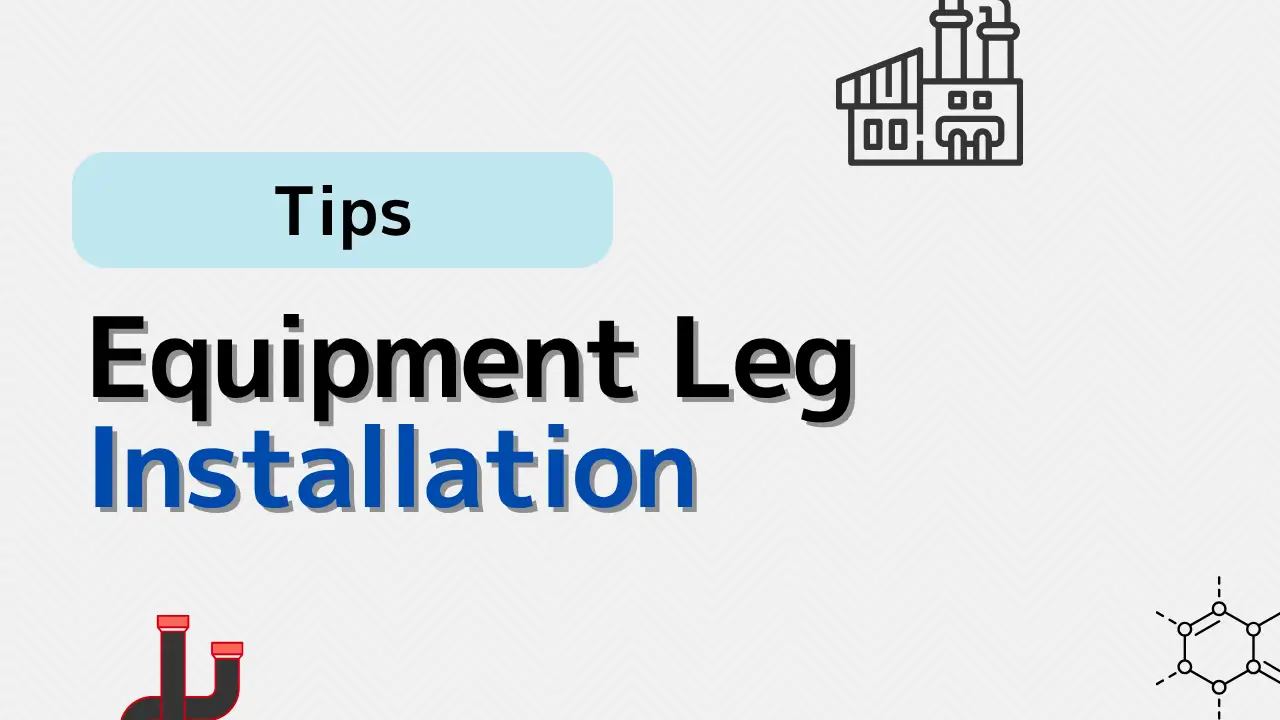When installing equipment in a chemical or industrial plant, support legs might seem like a minor detail. But their placement and design can make a big difference in how easy the equipment is to install, maintain, and operate.
In this guide, we’ll explain why equipment legs matter, how to position them smartly, and what to consider to avoid headaches during startup.
🏗 Why Are Equipment Legs Important?
Equipment legs aren’t just for keeping things off the ground. Their main roles include:
- Supporting the weight of the equipment safely.
- Providing space for piping, valves, and maintenance work.
- Ensuring stability during operation or earthquakes.
Poorly designed legs can lead to:
- Difficult installation
- Unsafe conditions
- Limited access for maintenance or inspection
📏 Positioning Legs for Easy Installation
To make installation and piping easier:
- Keep legs outside the nozzle zone. If legs and nozzles overlap, piping becomes hard to connect.
- Avoid blocking operator access. Don’t place legs in front of valves or instruments.
- Consider forklifts and hoists. Make sure there’s room for lifting or moving equipment safely.
Tip: Always check the surrounding layout before finalizing leg positions.
🔧 Adjustability and Floor Mounting
- Use base plates or anchor bolts to fix equipment to the floor.
- If exact height isn’t known at design time, consider adjustable legs or shim plates.
- Don’t forget about floor slope or uneven surfaces — especially in older plants.
🧯 Safety Considerations
Equipment legs must also:
- Handle seismic loads if required.
- Be corrosion-resistant in harsh environments.
- Allow emergency access (e.g., not blocking walkways or fire equipment).
Sometimes, legs must be customized to meet local regulations or site-specific standards.
✅ Conclusion
Equipment legs might seem like a small part of plant design, but they play a big role in installation success, safety, and maintenance ease.
By positioning legs wisely and considering the real-world environment, you can avoid costly rework and downtime during commissioning.
Plan ahead — your legs will thank you!
